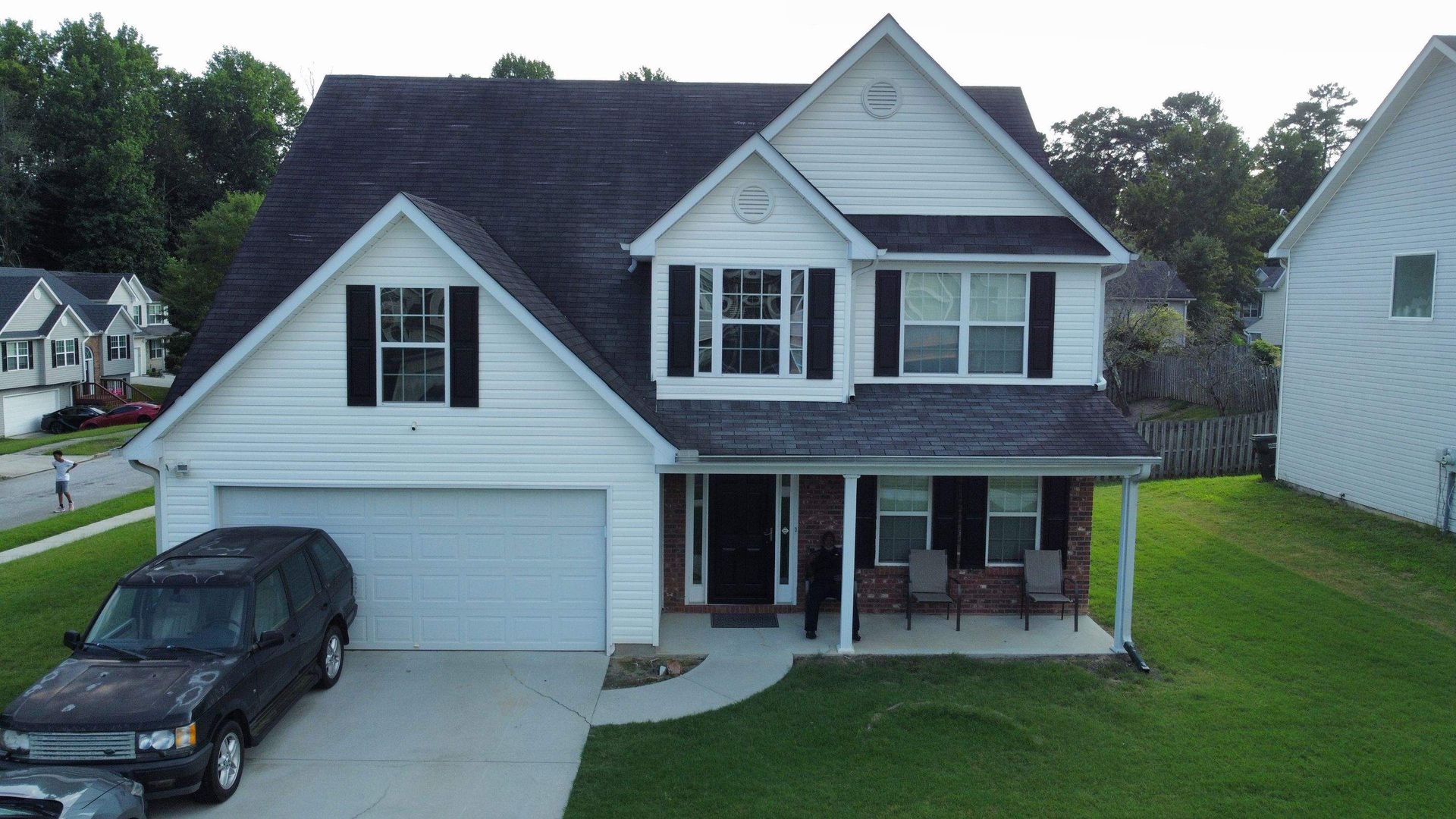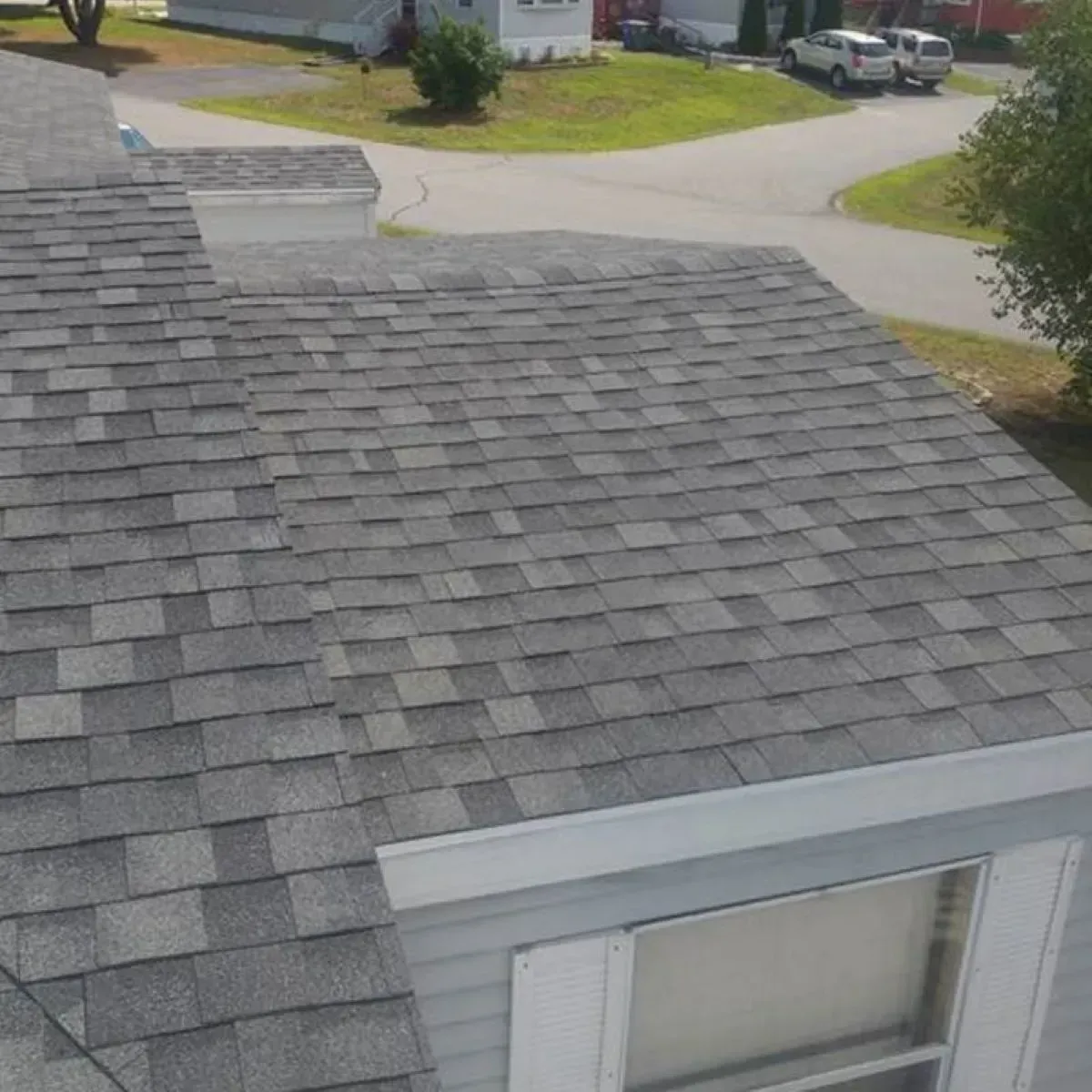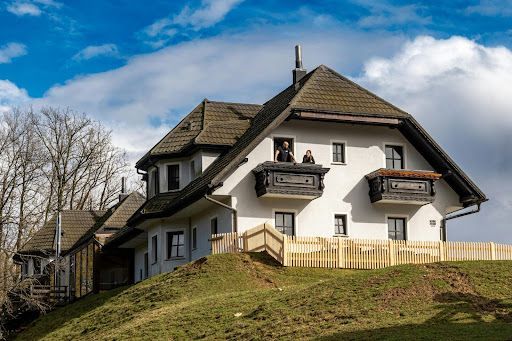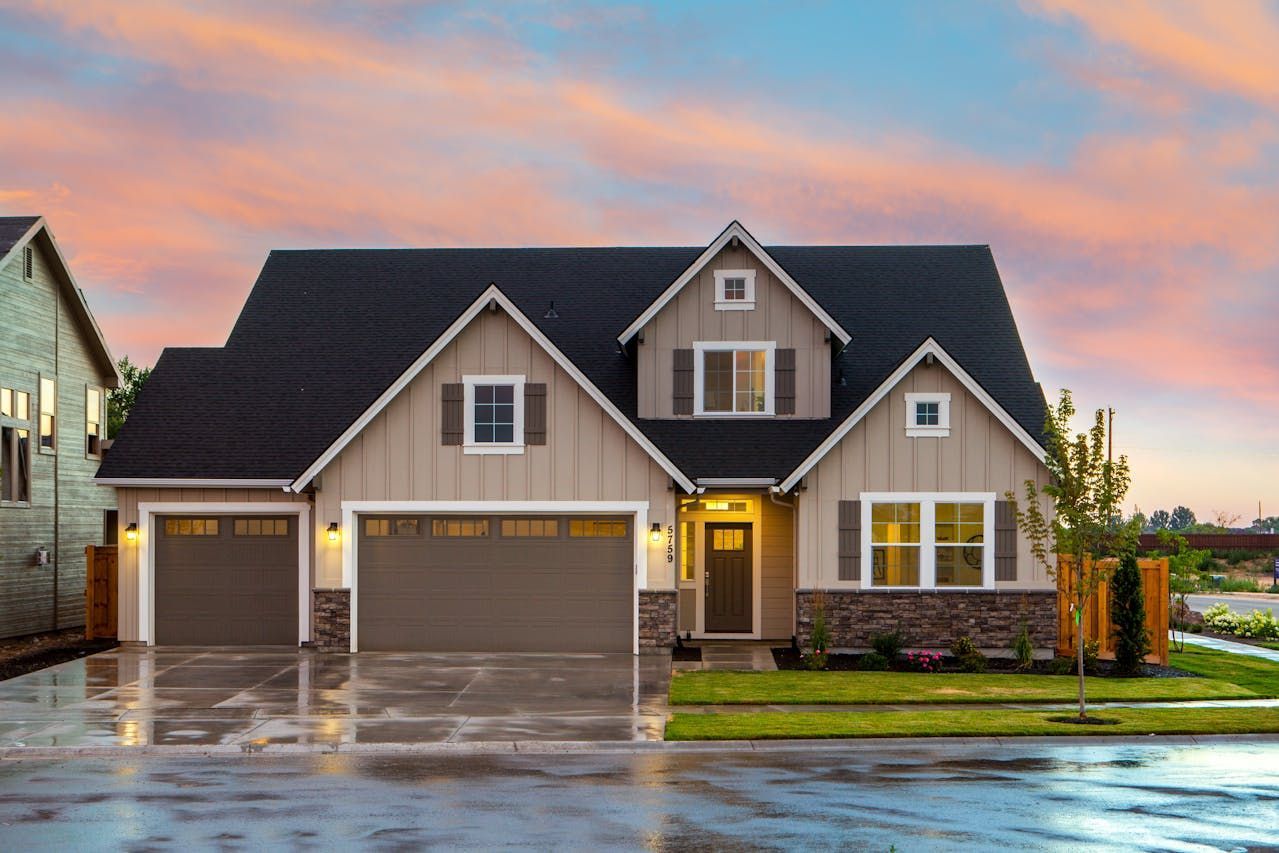How Roof Pitch Impacts Performance, Drainage, and Material Choices
Understanding roof pitch is essential to making informed decisions that align with Maine’s weather conditions and your home’s architectural needs.

When planning a roofing project, most homeowners focus on material, color, or ventilation—but few give enough attention to roof pitch. However, the angle of your roof plays a significant role in its long-term performance, how it handles water and snow, and which materials are best suited for your home. Understanding roof pitch is essential to making informed decisions that align with Maine’s weather conditions and your home’s architectural needs.
What Is Roof Pitch?
Roof pitch refers to the steepness or slope of your roof. It’s typically expressed as a ratio that compares the vertical rise to the horizontal span—for example, a 6:12 pitch rises six inches for every twelve inches of horizontal run. Roof pitch can range from nearly flat to extremely steep, and each variation brings different structural and functional considerations.
In regions like Maine, where winters can be harsh and snowfall significant, the right pitch can dramatically affect a roof’s ability to perform efficiently and safely over time.
Performance Implications of Roof Pitch
A steeper pitch allows water, snow, and debris to run off more quickly, reducing the risk of pooling or structural strain. This helps to prevent leaks, ice dams, and premature wear—problems commonly found on roofs with lower pitches.
On the other hand, flat or low-slope roofs are more vulnerable to drainage issues and require meticulous waterproofing to ensure durability. While low-pitch roofs may work well for modern architectural designs, they demand more maintenance and may have a shorter lifespan if not properly installed.
Drainage and Moisture Management
In a climate like Maine’s, roof pitch directly correlates with drainage effectiveness. Steep roofs are naturally better at shedding water and snow, which reduces the likelihood of moisture infiltration. Proper drainage is crucial for preventing mold, mildew, and rot—issues that can lead to expensive repairs or even full roof replacements.
Low-pitch roofs, while not inherently flawed, require added precautions. These roofs benefit from built-in drainage systems, high-quality waterproof membranes, and routine inspections to catch problems early. Whether you're working with a high or low pitch, the key is understanding how drainage performance changes and adapting your roofing strategy accordingly.
Choosing the Right Material for Your Roof Pitch
Not all roofing materials are suitable for every type of pitch. The steeper the roof, the more options you have when it comes to materials. Asphalt shingles, wood shakes, slate, and metal panels are excellent choices for moderate to steep pitches. These materials rely on gravity to assist in shedding water, which enhances their performance on pitched roofs.
For low-slope or flat roofs, traditional shingles are generally not recommended. Instead, materials like rolled roofing, EPDM rubber, TPO, or PVC membranes are designed to provide a watertight seal, compensating for the lack of slope. These materials are engineered to manage water through adhesion and proper sealing rather than drainage by gravity alone.
Choosing the wrong material for your roof pitch can lead to issues such as pooling, seepage, or early degradation, so it’s important to consult with a qualified contractor like Freeman & Son Construction to ensure your material selection matches your roof’s slope.
Roof Pitch and Aesthetic Considerations
While function is key, roof pitch also affects your home's appearance. A steeper roof can add dramatic height and dimension, often complementing traditional or colonial styles. A low-pitch or flat roof, on the other hand, is ideal for modern or minimalist aesthetics. The choice should strike a balance between the architectural style of your home, your performance needs, and what’s suitable for the local climate.
Ready to assess your roof? Contact us at Freeman & Son Construction for expert guidance tailored to your home and Maine’s unique weather conditions.






